Catalyst-Modified
Activated Carbon
What was impossible is made possible with the power of chemistry
Product Overview
Catalyst-Modified Activated Carbon is a high-performance functional material engineered by impregnating various catalyst components—such as transition metals, noble metals, and organic compounds—onto the surface of activated carbon at the nanoparticle level.
This process enables chemical decomposition and transformation of substances that are difficult to remove through physical adsorption alone, such as persistent gases and odor compounds.
It is suitable for a wide range of applications, including gas treatment, antimicrobial use, and catalytic reactions across industries such as chemical processing, environmental control, and healthcare.
Key Features
- Enhanced Catalytic Function
Nanoparticles of catalysts (transition metals, noble metals, organic compounds, etc.) are loaded onto the carbon surface to promote specific chemical reactions for each target gas. - Broad Compatibility with Target Substances
Can be customized to remove or react with a variety of substances, such as ethylene, aldehydes, tobacco odor, VOCs, bacteria, and mold. - Coconut Shell-Based for High Activity
Utilizes high-surface-area, highly adsorptive coconut shell activated carbon to maximize the catalytic effect.
Typical Applications
- Gas Removal & Deodorization:Breakdown of VOCs, aldehydes, tobacco odors, and other odorous or harmful gases.
- Antibacterial & Antifungal Use:Applicable in air purifiers, filters, and food containers to suppress microbial growth and odors.
- Catalytic Reaction Support:Used as a reaction aid in chemical synthesis, ethylene decomposition catalysts, and oxidation promoters.
- Agricultural Use:Soil improvement, microbial activation, suitable for organic farming
- Hygiene & Medical Use:Incorporated into deodorizing/antibacterial materials for medical applications.
- Agricultural Storage:Maintains freshness of fruits and vegetables by adsorbing ethylene gas.
Product Lineup
-
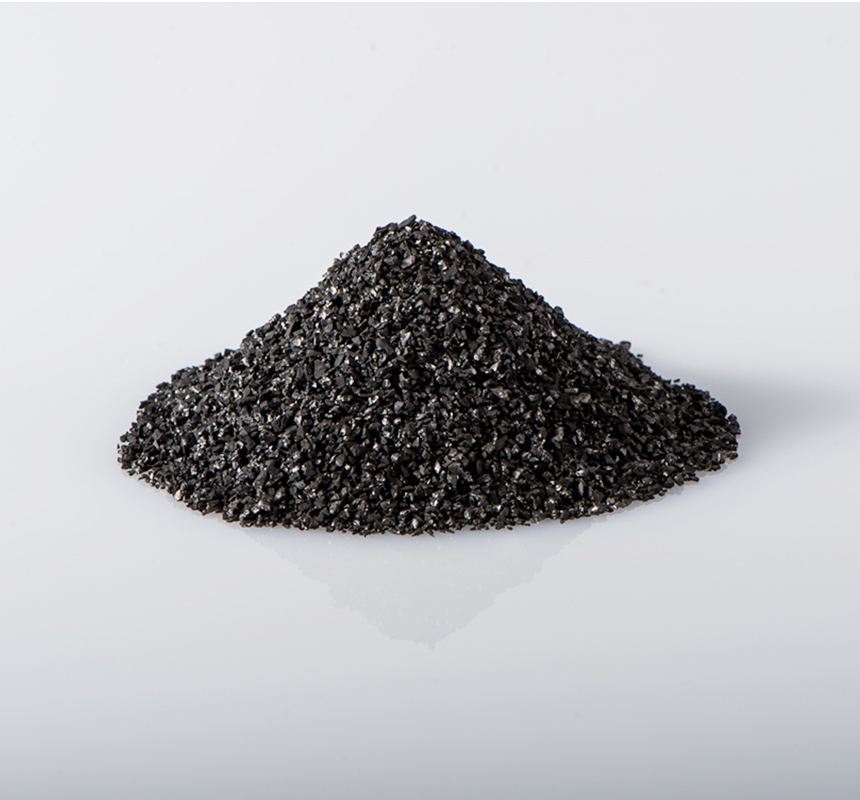
Ni-Pd catalyst (ET)Activated carbon impregnated with palladium and nickel in nanoparticle state. Decomposes ethylene gas.
-

Ag catalyst (AG)Activated carbon with silver impregnated into the coconut shell activated carbon in nanoparticle state, and which possesses antibacterial properties due to the silver ion.
-
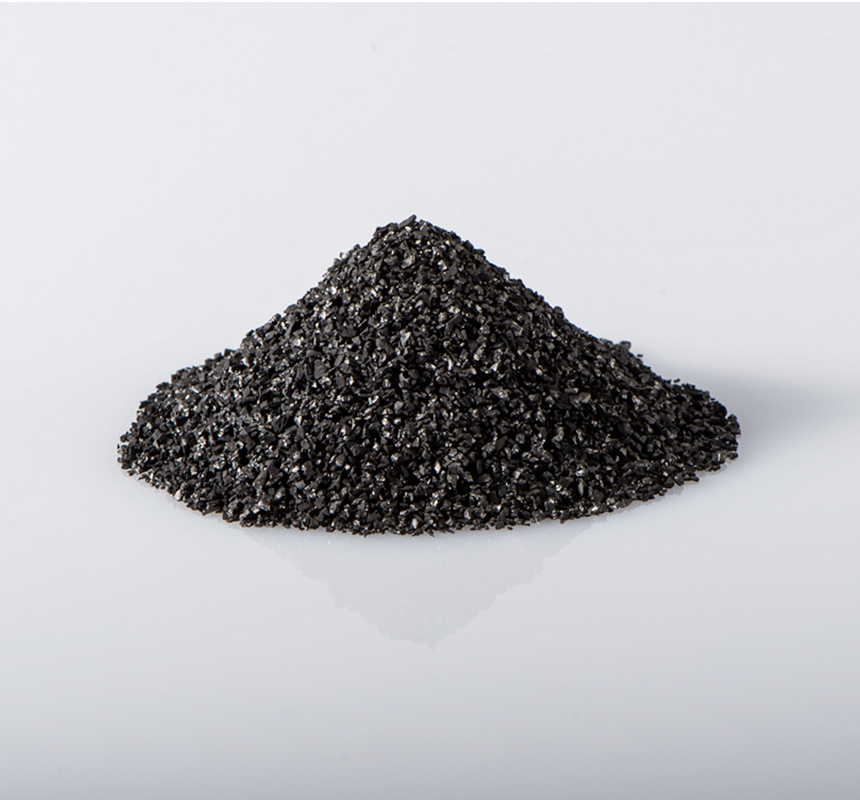
Platinum catalyst (PT)Activated carbon with platinum impregnated into the coconut shell activated carbon in nanoparticle state, and which possesses catalytic function due to the platinum.
-
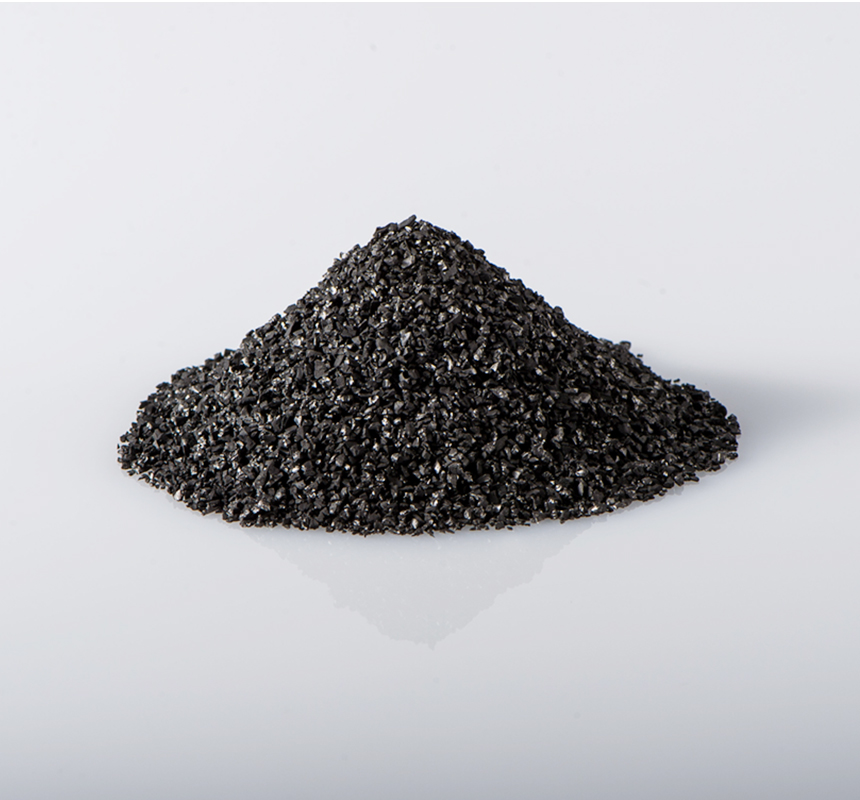
Copper catalyst (CU)Activated carbon impregnated with copper in nanoparticle state, and which possesses catalytic function due to the platinum. Oxygen is activated by the copper ions to reduce malodorous substances.
-
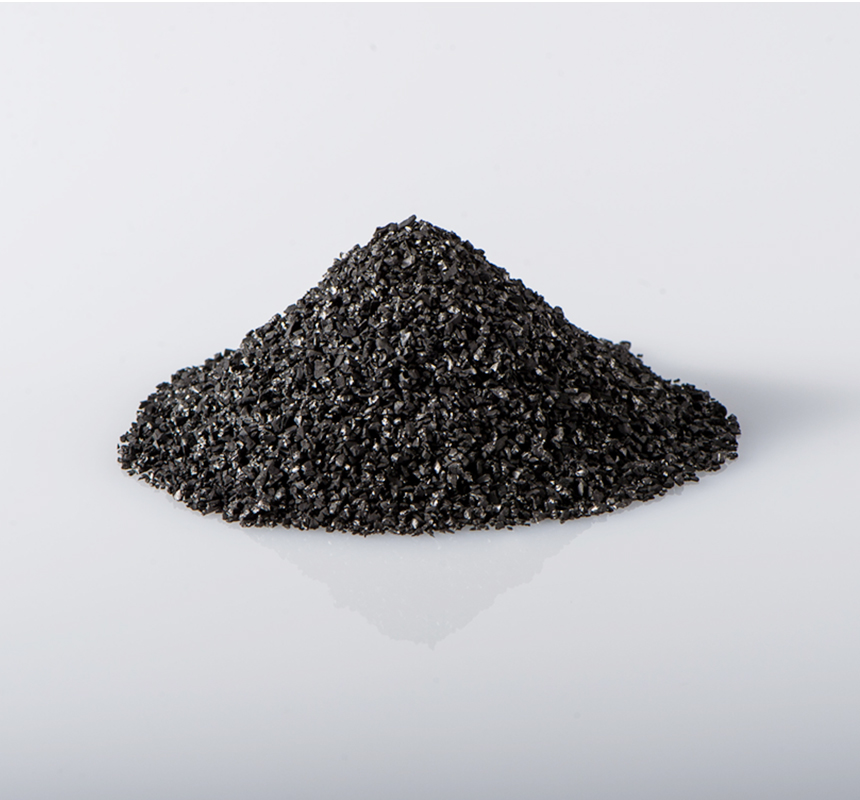
Catalyst for fruits and vegetables (VF)Activated carbon wherein highly safe organic materials were chosen for coconut shell activated carbon with superior adsorption action, which was then impregnated with a catalyst.
-

Nickel catalyst (NI)Coconut shell activated carbon impregnated with nickel in nanoparticle state, and which possesses transition metal catalytic function
-
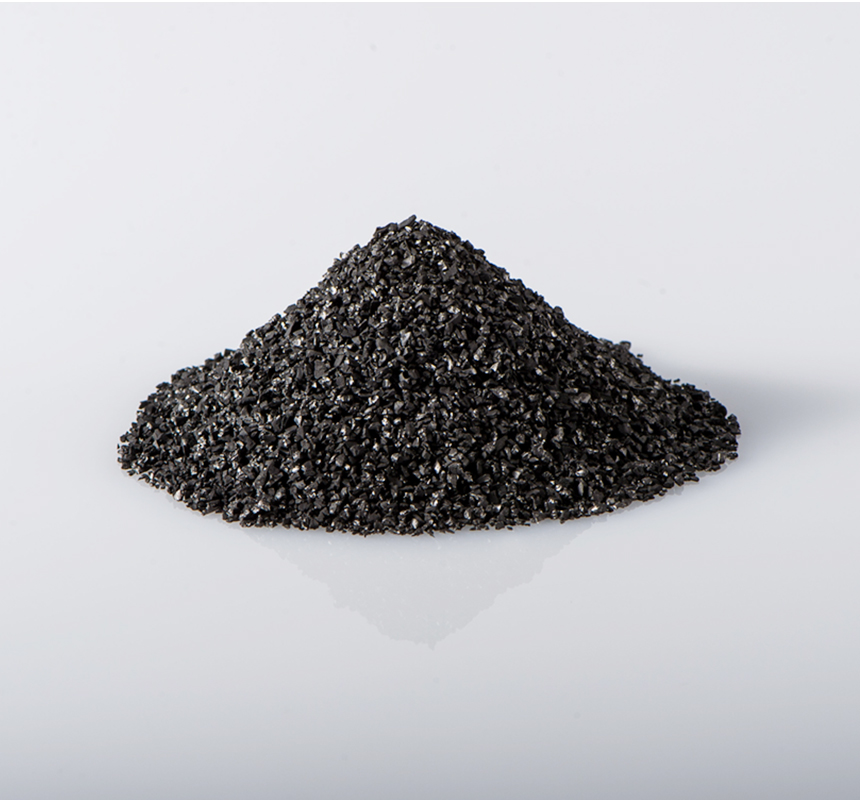
Cigarette deodorant catalyst (CG)Activated carbon impregnated with a catalyst on its surface, which removes cigarette smell quite well
-
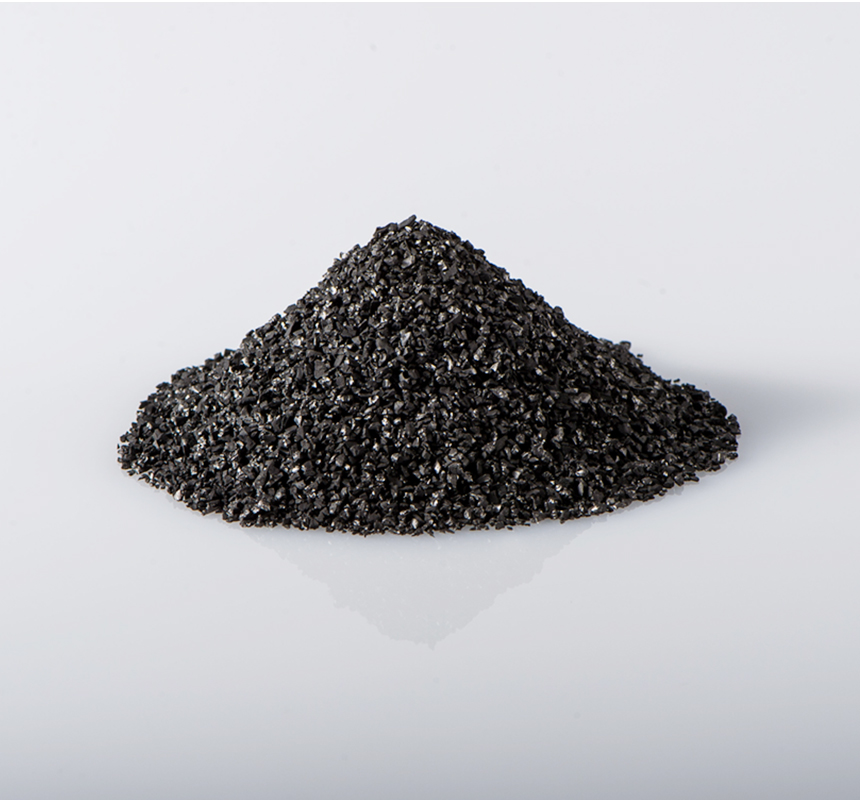
Aldehyde catalyst (AD)Activated carbon which removes aldehyde gases quite well. It removes odor by chemical reaction and physical adsorption.
-

Organic catalyst (CTA/CTS/CTB) Activated carbon with strong gas adsorption power, which is impregnated with chemicals according to the odor which was difficult to remove with just activated carbon.
-
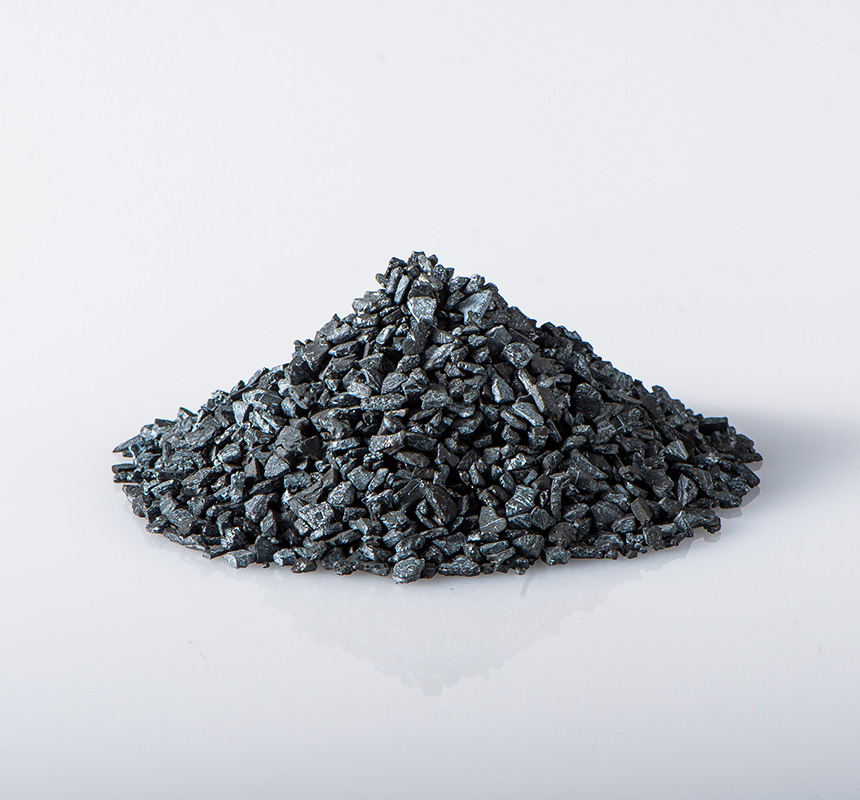
Photocatalyst (KDX)Activated carbon integrating photocatalytic titanium oxide. It shows antibacterial and antifungal action with sunlight.
Customization & Documentation Support
Custom formulations available based on target gases and specific usage environments
Safety Data Sheets (SDS) and technical specifications are available upon request
Trial samples, prototype development, and performance evaluation support available